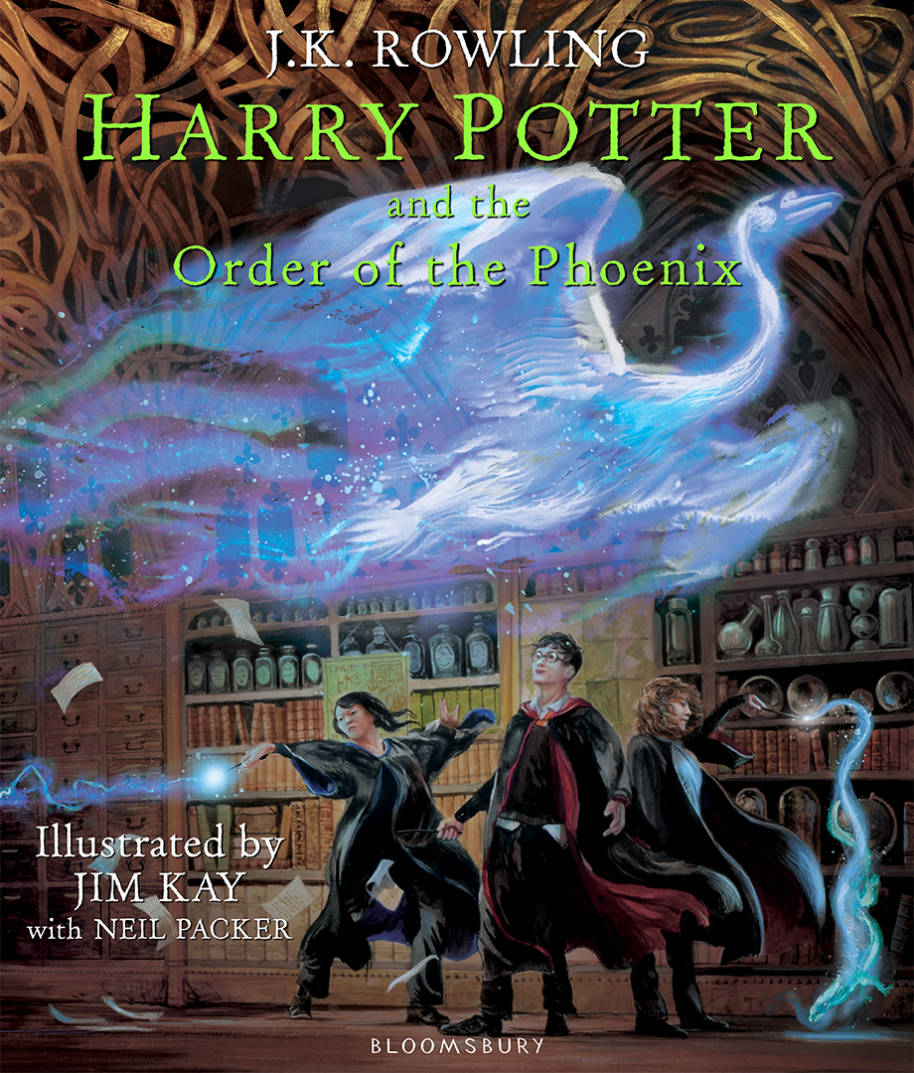
Sci fi lovers are in luck! There are many TV shows that they can watch. From For All Mankind to Babylon 5, there's an sci fi show to fit your fancy. There's something for everyone, from space travel to private companies in space, there's a sci fi show.
For All Mankind
For All Mankind blends action and intrigue in a compelling sci-fi drama. The series starts with a simple premise and builds up to a climactic standoff between American and Russian forces, and a race to Mars. The characters in the series are flawed but they do their best to find a compromise. It uses the philosophy of consequences for character development and storytelling.
The series is packed with star power, a juicy premise, and a deep commitment to detail. Even the most common interaction is intricately designed. The show does not rely on special effects to create grand scenes. The show is more focused on cause and effect and small decisions can have huge consequences.

Babylon 5
Babylon 5 is a sci-fi television series that spanned five years. The stories are intertwined and the cast is diverse. The first season establishes the characters and sets the stage for the subsequent seasons. Season two begins with a dramatic story arc. If you are a fan, the show is a must-see.
The best sci fi shows require suspension of disbelief. Through the careful development and growth of its characters, B5 does this. Although there are some space scenes that use CGI, they don't get too complicated and serve the story well.
Fringe
Fringe is an American television series. It aired on Fox in 2008. Anna Torv starred as a special agent who joined the FBI's Fringe Division, to investigate bizarre cases. It blends science and mystery to explore the interrelationships among characters and different realities. While it shares elements of The X-Files, Fringe is better suited for the audience who wants to experience fringe science and weird events.
Despite its similarities to The X-Files', Fringe has not attempted to match the success of its predecessor. It has stuck to its science-based theme. The episodes are also full of enough stories to fill an entire series. The premise of the show is that of a team of scientists who try to solve mysteries using experimental methods.

Falling Skies
Steven Spielberg is the executive producer of Falling Skies a new sci-fi series. The series will follow the struggles of human survivors to rebuild their lives after an alien invasion. It centers on a group known as 2nd Massachusetts. Its protagonist, Tom Mason, is a history professor who is put in charge of the group after his family is murdered by aliens. Moon Bloodgood, Doug Jones and Will Patton also star in the show. The show's science fiction plot relies on solid world building and compelling characters to create an engaging and thrilling experience.
Falling Skies stars Steven Spielberg and is another great science fiction show. It follows a group of survivors on a space station with multiple alien races. It's a great series for science fiction lovers, even if it doesn't appeal to you. The series takes viewers to a new world, and asks existential questions regarding our dependence on technology. The show also pokes fun at our reliance on technology.
FAQ
What are the different styles for commercials?
There are three types of commercials: TV Commercials (TV Commercials), Radio Commercials (Radio Commercials) and Print Ads.
TV Commercials are typically 30 seconds in length. They are used often to promote brand awareness.
Radio Commercials are longer (usually 1 minute), and they're usually used for product advertising.
Print ads are shorter (usually 2-3 minutes), and they're usually aimed at specific audiences.
What is the time it takes to fly commercial air?
There are many commercials that air throughout the day. Some commercials run during the day while others air in the evening.
Most commercials are aired within an hour or less.
What type of advertisement is a television?
Television is a medium of communication in which images are used to communicate messages. It is the most widely viewed medium in the world. The television industry is worth approximately $100 billion every year.
There are many types of television advertisements. They can be broken down into two main categories.
-
Commercials (also known as "TV commercials"), which are usually 30 seconds or longer;
-
Programs/Series (also called "programming"). These are generally 20 minutes in length, though some programs may be shorter.
Commercials are shown during commercial breaks which usually occur between every 30 minutes and every 60 minutes of programming. These commercials can also be shown at times when there are no programs being broadcast. These include infomercials, before-and-after shows, and public service announcements.
Programs are the core of any channel. Most channels have multiple series that air every week. Some networks air only one series per day. Some will show multiple series simultaneously. Some channels are specialized in showing movies, sports events, and news.
Advertising on television has changed significantly since its inception. In the 1950s, television was primarily used for entertainment purposes. The 1950s saw people watch television shows such as I Love Lucy, Father Knows Best, Gunsmoke, and then they would go outside to play with their buddies. Television became more common as people used it to learn about new products and services. A television advertisement could help someone learn about the features of a particular car and how to buy it.
Is tv advertising still relevant today?
The short answer is no, but that does not mean that TV advertising is ineffective. It's because people are watching less television. They're using other media instead.
Television ads have become an essential part of marketers' lives. We need them to reach audiences where they spend most of their time online.
Also, we need to ensure that TV ads connect with customers on a deeper level. This requires us change the way we make TV ads.
It is no longer enough to rely solely on simple images and slogans. Instead, we must look at how TV is experienced. How do we engage people emotionally so they feel compelled to buy our products?
These are all things which require creativity. These days, creativity is available from digital agencies.
How TV ads are measured
Advertisers measure the effectiveness of their advertising by measuring how many people actually watch an ad. They also evaluate whether the ads reach their target audience.
They use surveys to find out if viewers remember seeing the ads. If they respond yes, they are aware that they were exposed.
If they respond no, they know they weren’t exposed to the advertisement. This shows how effective the advertisement was in reaching its target audience.
How are TV ads delivered?
Television ads are most commonly distributed via satellite, cable, IPTV, IPTV, over the-air broadcast, DVRs and VODs.
There are many ways consumers can access content today. However, there is still not enough diversity in how companies choose to distribute their advertising.
This is because they all take into account the same metrics in deciding which delivery method to use.
For example, if your ad effectiveness is measured by viewing time, you'll want to make sure that the advertisement is accessible on as many channels as possible.
If your goal is to measure ad effectiveness using impressions, you will need to ensure that your ads reach as many people as possible.
The problem with this is that they don't always go together.
If, for example, you are delivering an advertisement across multiple platforms and only one platform offers high-quality videos, it may result in fewer views on that platform.
You might miss some opportunities if you only look at time as a measure of your success.
Statistics
- 93 percent of American adults listen to the radio over the course of the week. (marketingevolution.com)
- To get estimated costs for airing a 60-second TV commercial in different regional markets, check out the following figures in this TV ad pricing chart from the media experts at Casual Precision. (fitsmallbusiness.com)
- In fact, when the ad first launched, Dos Equis quickly became one of the fastest-growing beers, increasing its sales by over 22%. (qualitylogoproducts.com)
- This includes 97 percent of Gen X, and 95 percent of Millennials. (marketingevolution.com)
- Radio is extremely accessible – 95 percent of cars have radios, and 99 percent of homes have radios. (marketingevolution.com)
External Links
How To
What does the TV Advertising Industry do?
There are many companies involved in TV advertising. It's also important to ensure that the ads are relevant to the viewers and don't offend them.
The media buying company then buys the broadcast time from the networks. The media buying company then sells this airtime to advertisers. This is where the advertiser pays for the airtime. You can choose to buy specific timeslots of the day or all day.
Once the time is purchased, the media buying agency sends an advert to the network. The network then broadcasts the ad during its broadcast time.
The viewer may click the link to go to the advertiser's site if they watch the ad. The advertiser will pay the media buying company once again if they click on the link.
The process continues until the advertisement is completed. At the end of the ad break, the media buying company collects its money from the advertiser and passes it onto the network.
Advertising agencies design the ads and forward them to the media buying agency. They manage the creative aspects of the campaign.
They are also responsible for the creative aspect of the ads and will communicate with clients about the content. They also manage the production of the ad and liaise with the clients about the budget.
They oversee all aspects of the campaign and keep track.